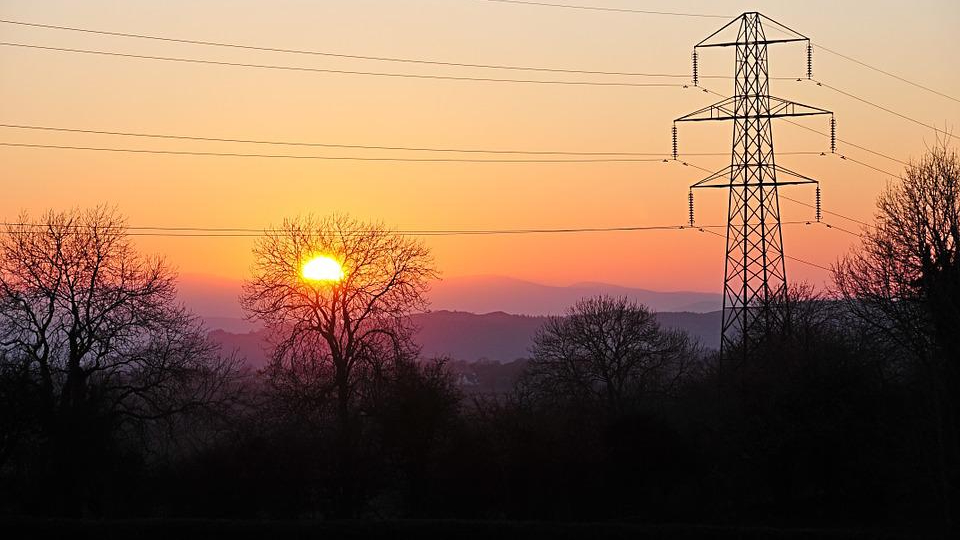Entire Northeast To Face Repeated Blackouts This Winter?
Due to an increased demand for natural gas in Europe, the northeast could face periods of sustained blackouts this winter as it competes with Europe to purchase the supply necessary to keep its grid powered.
This article is more than 2 years old
The Northeast is predicted to find itself in somewhat of an energy conundrum this winter. The region is expected to experience blackout periods as fierce competition for natural gas puts a strain on the area’s power grid. A unique set of compounding circumstances, including the northeast’s geographical location and natural gas demand overseas, will directly contribute to the increased risk for blackouts as winter approaches.
The northeastern quadrant of the United States, and New England in particular, is partially characterized by its harsh, cold, and snowy winters. These types of winters necessitate an increase in the amount of electricity being outputted so that residents can adequately heat their homes. However, a change in energy distribution overseas is predicted to leave the region with inadequate access to the natural gas supplies needed to operate power facilities throughout the winter making periodic blackouts all but a certainty.
The Wall Street Journal highlighted that after Russia cut off natural gas supplies to Europe it spurred an energy crisis. Suddenly, Europe was trying to source supplies from elsewhere and this in turn led to worldwide natural gas shortages and caused the price of crude oil to reach staggeringly high heights. This crisis still persists.
With overseas gas suppliers still strained due to the increased demand from Europe, it puts the Northeast at a disadvantage to secure the necessary supplies that they need to ride out the winter.
Essentially, power providers in the northeast will be in competition with those in Europe as they both vie for critical energy supplies. “The most challenging aspect of this winter is what’s happening around the world and the extreme volatility in the markets,” said Vamsi Chadalavada, who is the chief operator of the northeast’s power grids.

Furthermore, to make matters worse, even if the northeast can buy up enough natural gas to last them through the winter and prevent blackouts, the region is not equipped to store a surplus. Thus, it usually relies on buying supplies in spurts rather than in bulk. However, this year that is a strategy they won’t be able to leverage due to the overarching circumstances.
Compounding circumstances even further is the fact that the northeast won’t be able to rely on many other alternative sources of energy to prevent blackouts and keep power grids from failing. This is because places like coal and nuclear power plants have largely been closed down. This, in turn, means that the region essentially has all its eggs in one basket, and relies solely on natural gas in order to keep its grids powered.
Worse, still, is the consequence the lack of natural gas will have on those who reside in the northeast. Not only will residents be subject to periods of blackouts, but they will likely see their energy bill costs soar.
The surging prices directly correlate to supply and demand, with the US and Europe both vying for limited supplies at the same time, wholesale prices will skyrocket which then trickles down to the consumer as businesses look for ways to absorb the price increases. “Anybody who is depending on the spot market for their natural-gas supply is probably going to have a pretty significant sticker shock,” said Tanya Bodell, who works as an advisor for energy companies.
Overall, the number of blackouts that will occur and how long they will last hedges on how hard winter hits. If the northeast is lucky and winter ends up being relatively mild then the number of blackouts that have to be sustained will likely be minimal. But if winter comes in with a vengeance, then residents should brace themselves for long periods with no power.




